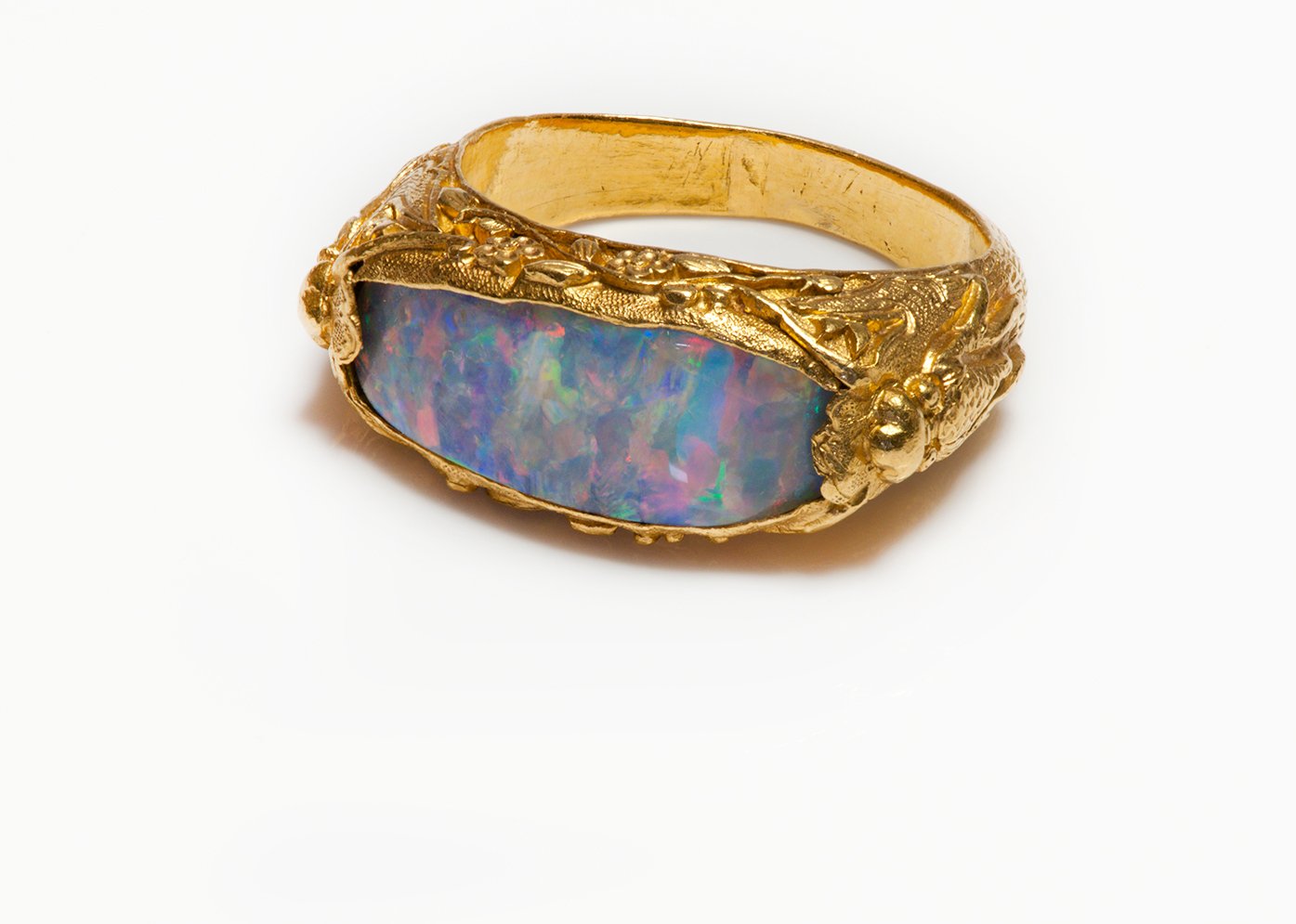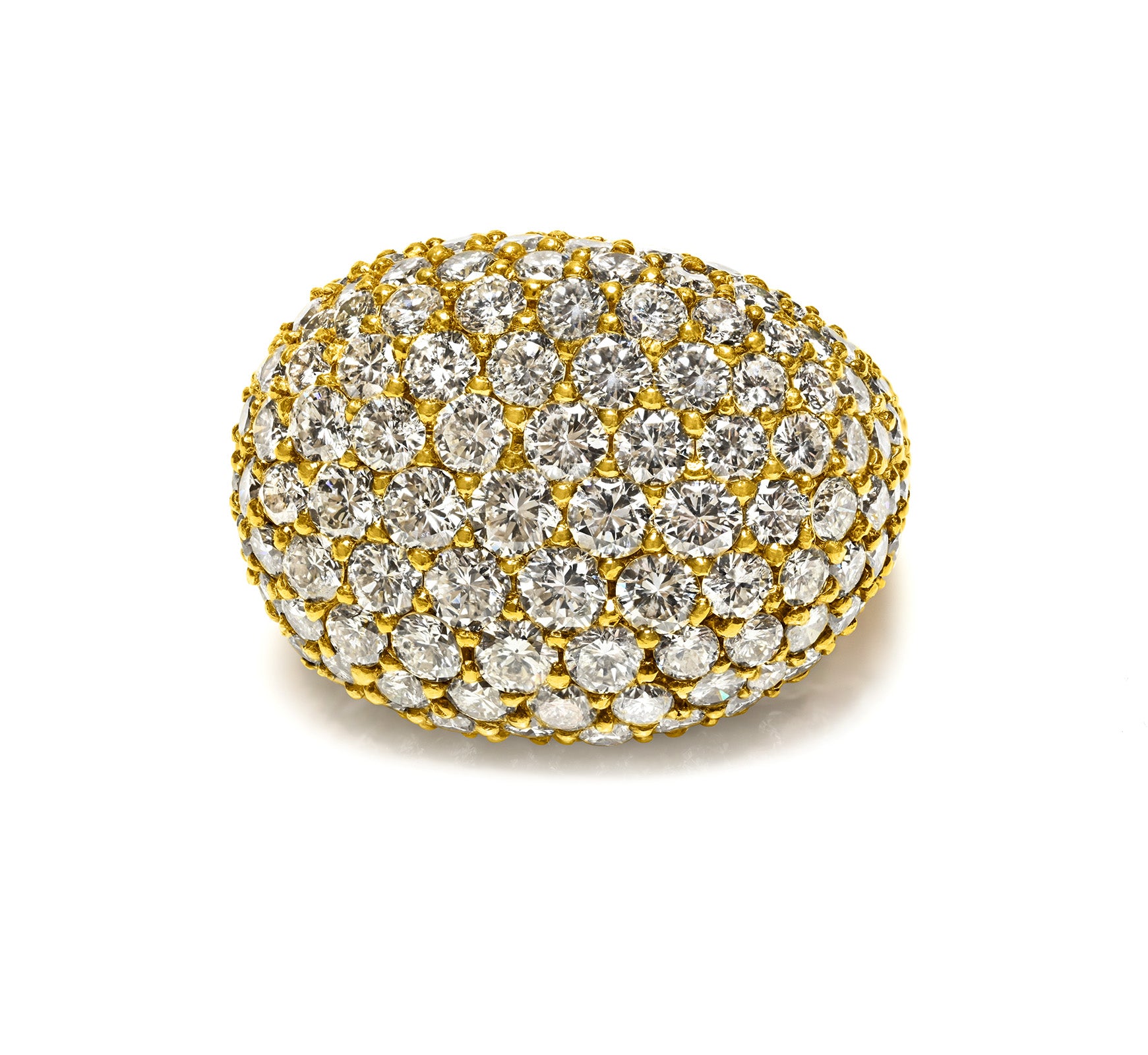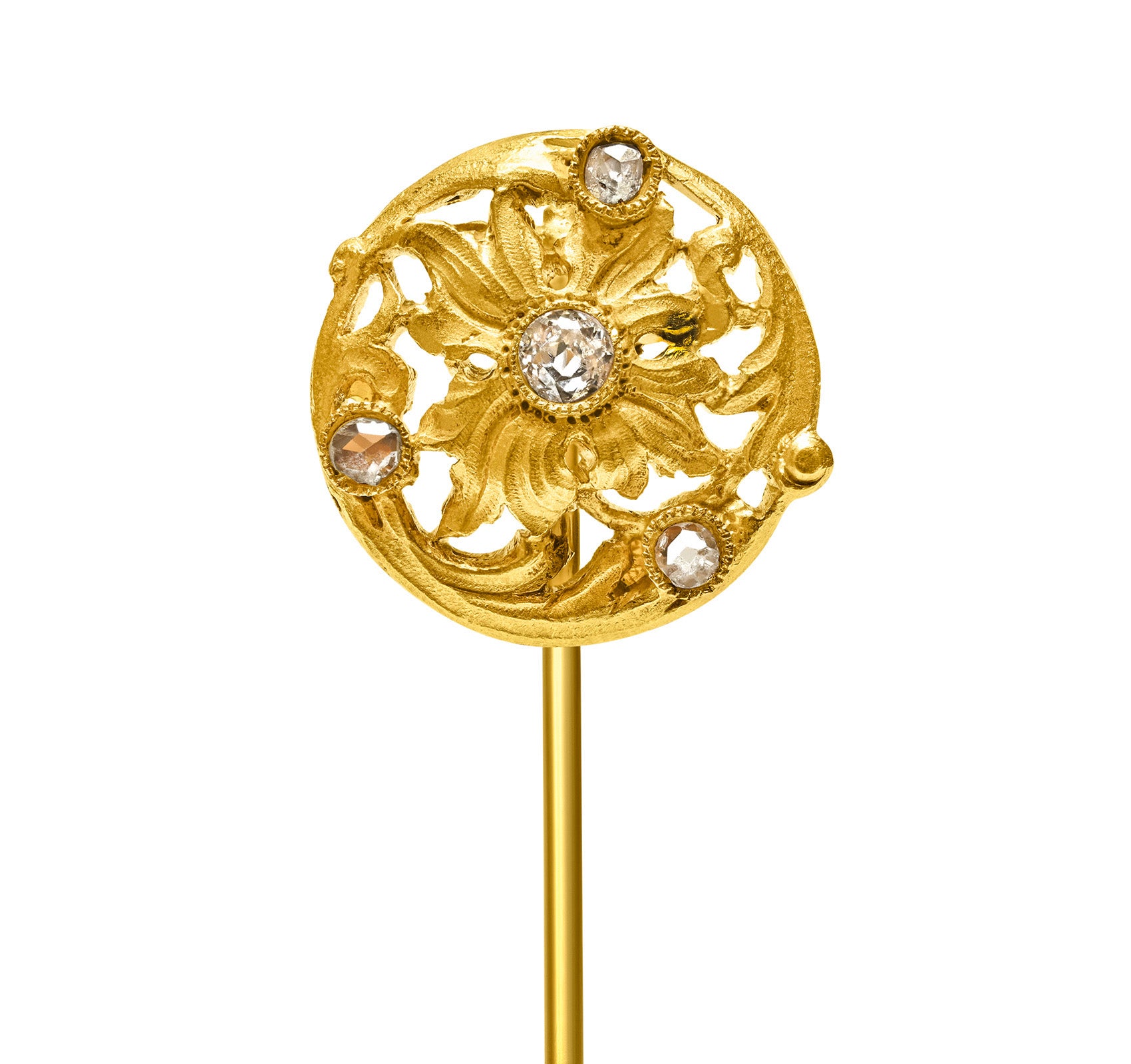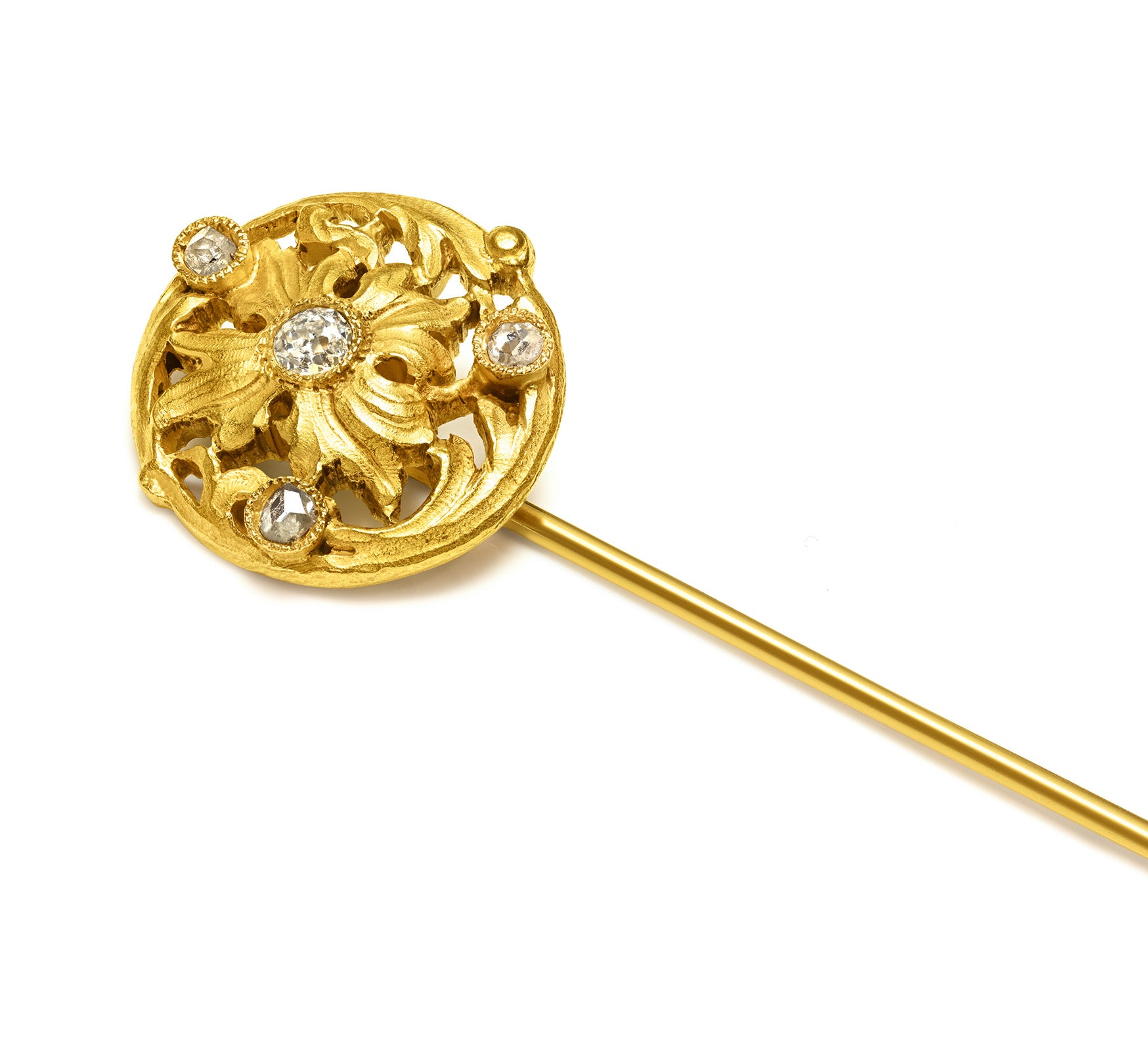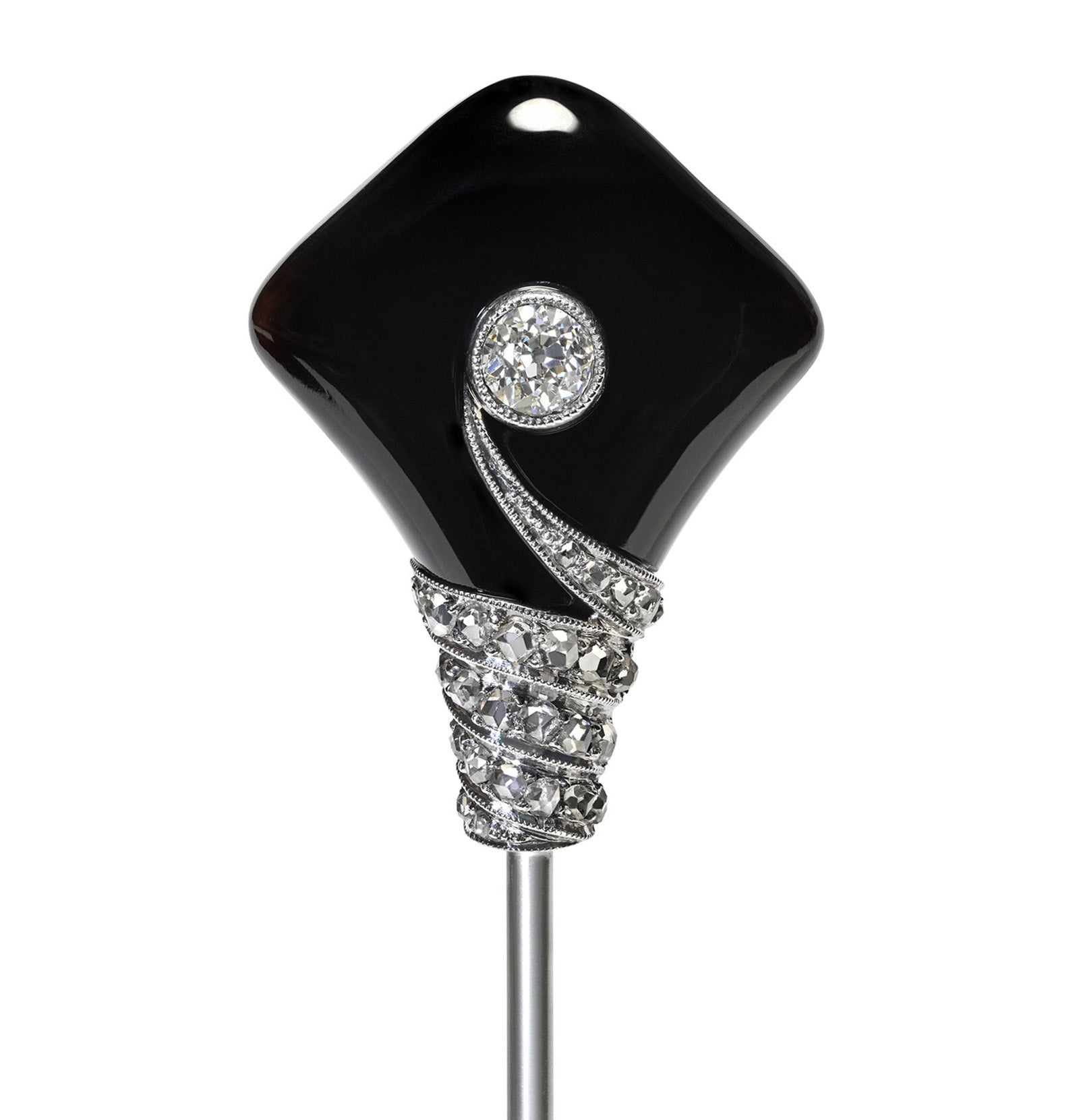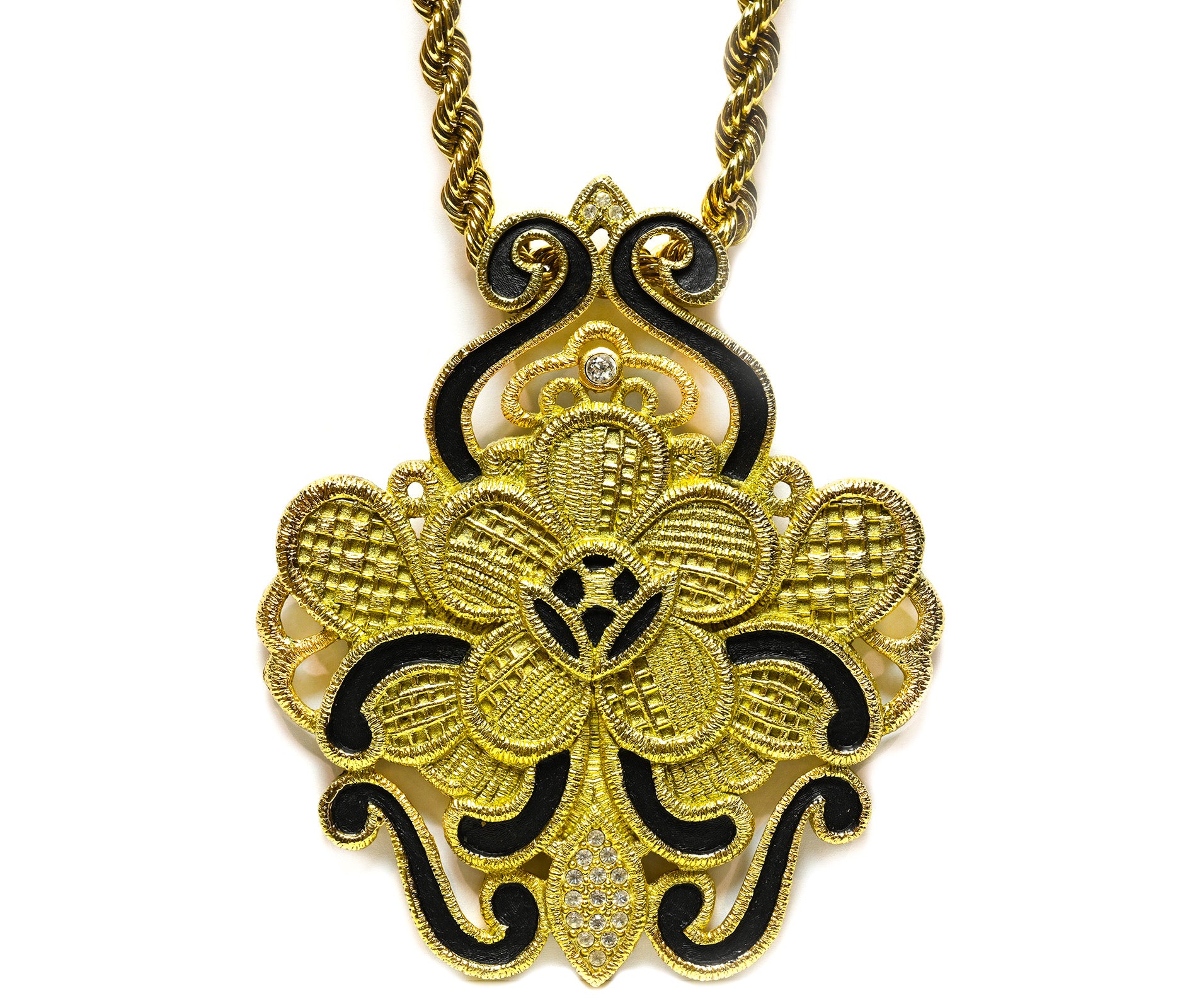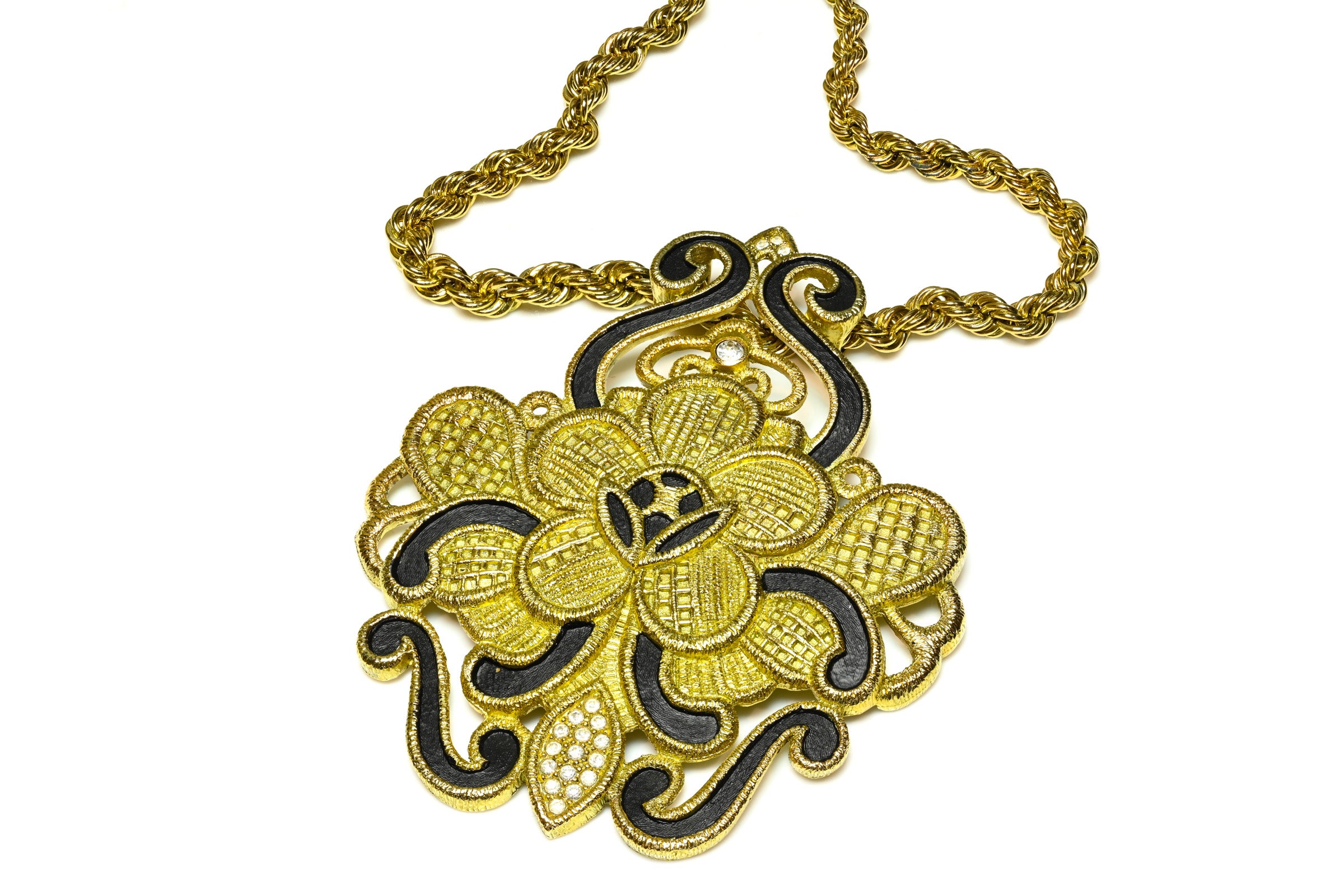The Dom Pedro Aquamarine: A Testament to Beauty and Art
The Dom Pedro Aquamarine is one of the most expressive gemstones in the world and the largest single-cut-gem aquamarine on the entire planet.
The Smithsonian Institution's treasure is a well-liked tourist destination. It is placed with Marie Antoinette and Hope Diamond earrings at the Janet Annenberg Hooker Hall of Geology, Gems, and Minerals.
The Dom Pedro Aquamarine is a testament to the expertise and artistry of gem cutters and serves as a reminder of the wonder and beauty of the natural world.
The artist who created this exceptional work of art spent four months extensively researching the gemstone and another six months cutting, polishing, and faceting.
The Smithsonian Institution's treasure is a well-liked tourist destination. It is placed with Marie Antoinette and Hope Diamond earrings at the Janet Annenberg Hooker Hall of Geology, Gems, and Minerals.
The Dom Pedro Aquamarine is a testament to the expertise and artistry of gem cutters and serves as a reminder of the wonder and beauty of the natural world.
The artist who created this exceptional work of art spent four months extensively researching the gemstone and another six months cutting, polishing, and faceting.
The Dom Pedro Aquamarine
This approximately 4.6-pound gemstone was carved from a gigantic 100-pound aquamarine crystal that was discovered at a mine in the Brazilian state of Minas Gerais in the late 1980s.
It was originally three feet long, but the prospectors dropped it, fracturing it into three pieces, two of which were sold by the mine owner to be cut into unidentified stones for jewelry.
The largest piece, which was given the name Dom Pedro in honor of the first Brazilian emperor of the 19th century, and his son, Dom Pedro Segundo, managed to avoid that fate.
The stone traveled a winding route to the German studio of gem artist Bernd Munsteiner, who in the early 1990s was shifting away from utilizing crystals for rings and pendants and toward using them as the raw material for sculpture.
The 10,363-carat blue-green gemstone was shaped into an obelisk by Bernd Munsteiner. The final dimensions are 14 inches (36 cm) height by 4 inches (10 cm).
Munsteiner completely cut the diamond by hand and was never bothered with the final carat weight. All of his focus was on the wonder and brilliance.
“When you focus on the carat weight, it’s only about the money. I cannot create when I’m worried about the money”, he once said.
The Dom Pedro Aquamarine is regarded as the largest aquamarine cut and polished gem because of its incredible size.
The Dom Pedro Aquamarine, which was shown during the Basel annual gem fair in 1993, became a traveling ambassador for the German government and a visible representation of German workmanship and creativity.
Although the Dom Pedro Aquamarine was offered to the Smithsonian in the late 1990s for $7 Million to $10 Million, it is impossible to put a figure on the gem because of its size and color.
Bernd Munsteiner
Munsteiner, known as "The Picasso of Gems" and the "Father of the Fantasy Cut," is regarded as one of the best gem artists of the 20th century.
He combines time-honored methods with vivid modern ones to create diamond carvings. Munsteiner's profession—a jeweler by trade—is the outward manifestation of a familial tradition of artistic activity.
He started working for his family's business as an apprentice when he was 14 years old, and after graduating as a producer of precious stones and jewelry, he went on to become a teacher at the School of Design in Pforzheim, Germany.
Munsteiner first had the opportunity to reimagine the classic cameo while still in college. Since then, he has pushed boundaries and challenged accepted practices.
The Dom Pedro Aquamarine is an example of his innovative faceting technique known as "Fantasy Cuts," which has impacted the modernization of the growth of gem art.
A Challenge
He was "fascinated and impressed" by the Dom Pedro Aquamarine, which posed a challenge as well as a once-in-a-lifetime marketing opportunity.
The light within the Dom Pedro Aquamarine is represented by a model of tapered "adverse splits" facing the sea-blue obelisk's opposite sides, giving the artwork a stunning brilliance and brightness.
With the right lighting, this impressive artwork appears to be illuminated from the inside.
Munsteiner researched the crystal for four months while creating hundreds of sketches. He gave his creation the name Ondas Maritimas ("Waves of the Sea") as a concept began to take shape in his head.
He drew dozens of "negative facets," or grooves, at various angles to capture the prevailing light.
It took around six months to transform the stone into a finished sculpture. At last, he picked up a diamond-coated cutting wheel, according to Smithsonian Magazine.
The Collectors
The Dom Pedro Aquamarine was bought in 1999 by gem collector Jane Mitchell and her husband Jeffery S. Bland, who made sure it wouldn't be broken up into smaller stones.
Mitchell and Bland sought to stop the gorgeous stone from being chopped up for jewelry, even though the worth of the item was incalculable because it was a singular example of a genre of art Munsteiner essentially established.
The Dom Pedro Aquamarine was hidden from the public for most of the following decade as it awaited its apotheosis in the Natural History Museum.
The Smithsonian
Mitchell and Bland sought to stop the gorgeous stone from being chopped up for jewelry, even though the worth of the item was incalculable because it was a singular example of a genre of art Munsteiner essentially established.
The Dom Pedro Aquamarine was hidden from the public for most of the following decade as it awaited its apotheosis in the Natural History Museum.
The Smithsonian
The National Museum of Natural History is home to the Dom Pedro Aquamarine, the largest single-cut-gem aquamarine in the world.
The Dom Pedro Aquamarine joins an impressive collection of well-known gemstones that are currently on exhibit in the Janet Annenberg Hooker Hall of Geology, Gems, and Minerals, including the Hope Diamond and the Marie Antoinette necklace.
Jane M. Mitchell and Jeffery S. Bland gave the piece to the museum.
Due to the quality of the original crystal, its size, superb blue-green color, and distinctive shape, the Dom Pedro Aquamarine is an incredibly uncommon gem.
Kirk Johnson, Sant Director of the National Museum of Natural History, remarked, "There are so many noteworthy things about the Dom Pedro, but what excites me most is that we can maintain the tale that comes with it".
"The Dom Pedro is enhanced by all the people and places in the National Gem Collection that were components of his intriguing trip from the Earth’s crust to his home here. We are thankful for their fantastic donation to Jane Mitchell and Jeffery Bland".
What is An Aquamarine?
Aquamarine is a pale-blue to light-green variety of beryl. Heat can modify the color of aquamarine, though collectors don't want to do this.
The chemical formula of aquamarine is Be3Al2Si6O18, which also contains Fe2+. It has a hardness of 7.5–8 on the Moh scale. Although inclusions in aquamarine are rarely visible, they can exist and be made up of materials like mica, hematite, or seawater.
It shares practically all of an emerald's chemical properties. A few atoms dispersed amid the crystalline ranks are what distinguish one stone from another. Chromium for emerald, iron for aquamarine.
So you'll need light. Like a ruby near firelight, aquamarine comes to life in the blues and cyans of daylight.
The gemstone aquamarine is common. There is a more uncommon deep blue variation called maxixe, however, it can lose color in the sunshine. Maxixe's hue is brought on by NO3.
By exposing green, pink, or yellow beryl to high-energy radiation (such as gamma rays, neutrons, or even X-rays), one can create the dark-blue maxixe color.
The name "aquamarine" is a combination of the Latin words aqua, which means "water," and marine, which derives from "marina", which means "of the sea".
The term "aquamarine" was first used in writing in the year 1677.
The term "aquamarine" has been used to describe a variety of minerals, including aquamarine tourmaline, aquamarine emerald, aquamarine chrysolite, aquamarine sapphire, and aquamarine topaz, according to Wikipedia.
Because it is so plentiful, aquamarine is affordable. It costs more than blue topaz, although it is far less expensive than emerald or bixbite.
The Value of An Aquamarine
The weight, color, cut, or clarity of an aquamarine determines how much it is worth.
Cut aquamarines weighing more than 25 carats will be more affordable per carat than those weighing less but of the same quality.
Aquamarine that is truly blue in nature is highly pricey.
At the Mt. Antero peak in the Sawatch Range in central Colorado, you can see aquamarines. Also, aquamarine was discovered in the Big Horn Mountains of Wyoming, close to Powder River Pass.
Even though the minerals are in a wilderness region that forbids collecting, another U.S. location is the Sawtooth Range near Stanley, Idaho.
There are mines in Brazil, specifically in the states of Minas Gerais, Espírito Santo, Bahia, and Rio Grande do Norte. Zambia, Madagascar, Malawi, Tanzania, and Kenyan mines also produce aquamarine.
The Dom Pedro Aquamarine continues to fascinate jewelry and art collectors and those who simply appreciate beauty.
Certainly, The Dom Pedro Aquamarine is sought after by many of the world's jewelry collectors, who would perhaps give almost anything to bring the renowned gemstone into their collections.
Even though the minerals are in a wilderness region that forbids collecting, another U.S. location is the Sawtooth Range near Stanley, Idaho.
There are mines in Brazil, specifically in the states of Minas Gerais, Espírito Santo, Bahia, and Rio Grande do Norte. Zambia, Madagascar, Malawi, Tanzania, and Kenyan mines also produce aquamarine.
The Dom Pedro Aquamarine continues to fascinate jewelry and art collectors and those who simply appreciate beauty.
Certainly, The Dom Pedro Aquamarine is sought after by many of the world's jewelry collectors, who would perhaps give almost anything to bring the renowned gemstone into their collections.

